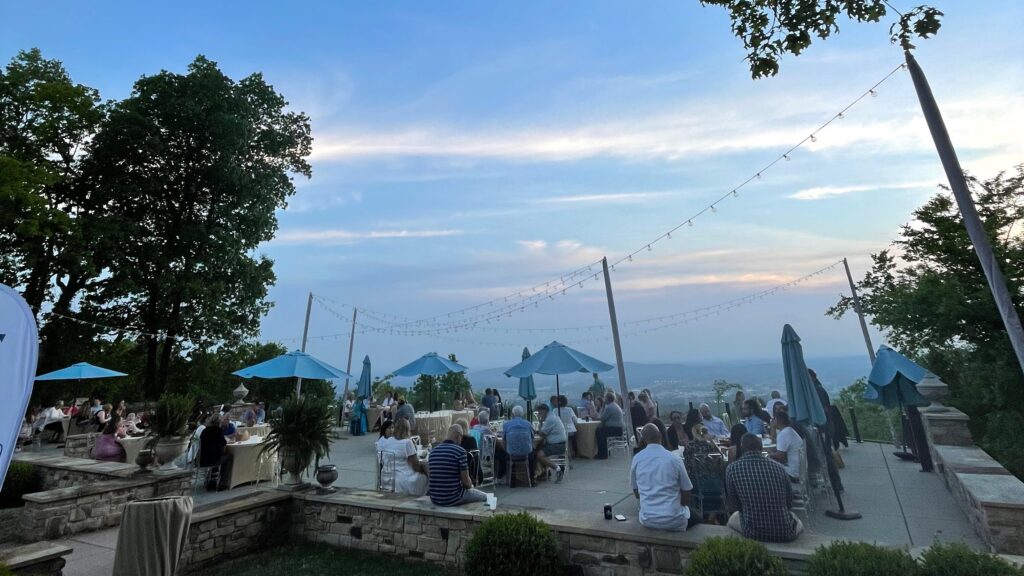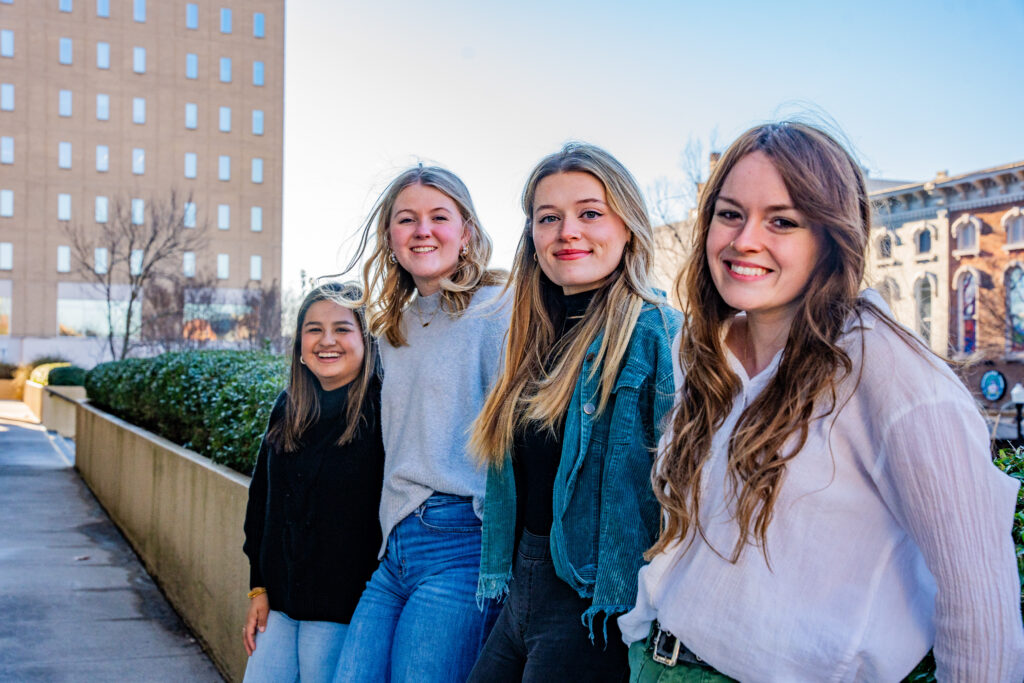5 spots where you can honor Huntsville’s civil rights history right now
Reading time: 3 minutes

The first city in Alabama to desegregate, Huntsville was instrumental to the Civil Rights Movement in Alabama and across the nation. Rocket City Civil Rights has compiled a 17-stop driving tour for those interested in seeing some of the places where civil rights history was made right here in Huntsville.
Here are some of the must-see stops on the tour:
1. Fifth Avenue School

Fifth Avenue School was the first public school to integrate in the state of Alabama, defying orders of then-Gov. George Wallace.
Though Fifth Avenue School is no longer standing, a historic marker denotes the historic spot. Four Black students were integrated into white public schools September 9, 1963, starting with Sonnie Hereford IV at Fifth Avenue School.
Hereford’s father, Sonnie Hereford III, was Huntsville Hospital’s only Black doctor at the time. He helped found the Community Service Committee and was instrumental in the desegregation movement in Huntsville, and the site of his practice is featured on the trail.
2. Rev. Ezekiel Bell’s home
Rev. Ezekiel Bell, pastor at Fellowship Presbyterian Church and chair of the CSC, hosted Dr. Martin Luther King, Jr. in his home in March 1962 following his speeches at Oakwood University and First Missionary Baptist Church.
The CSC brought King to Huntsville to reenergize the local civil rights movement.
3. Alabama A&M University
Alabama A&M University was established for Black students in 1873 but was not fully accredited until 1963. The school was an important incubator for the civil rights movement in Huntsville under the strategic leadership of Freedom Rider and Congress of Racial Equality activist Hank Thomas.
Beginning on January 6, 1962, dozens of students from Alabama A&M participated in sit-ins and other forms of nonviolent protest against segregation in Alabama. Many A&M students were arrested as a result of the protests.
4. Oakwood University

Oakwood University was instrumental in the Huntsville civil rights movement for two reasons. First, it was one of two locations in Huntsville where King delivered a speech aimed toward bolstering the local movement in 1962. Second, students at Oakwood, another historically Black university, were also recruited by Thomas to participate in sit-ins and nonviolent protests.
The entirety of King’s speech at Oakwood was recorded and can be found on YouTube. Many of the themes in his March 1962 speech were repeated and refined a year later in his infamous “I Have a Dream” speech in Washington, D.C.
5. Holy Family Catholic School

Holy Family Catholic School, then St. Joseph’s Mission School, was an all-Black Catholic school that “reverse-integrated” on September 3, 1963. That day, while Black students were being barred from entering all-white schools, 12 white students began attending classes at St. Joseph’s, making St. Joseph’s the first integrated school in Alabama.
What spots in Huntsville would you add to Rocket City Civil Rights’ list? Let us know on Facebook and Instagram.



